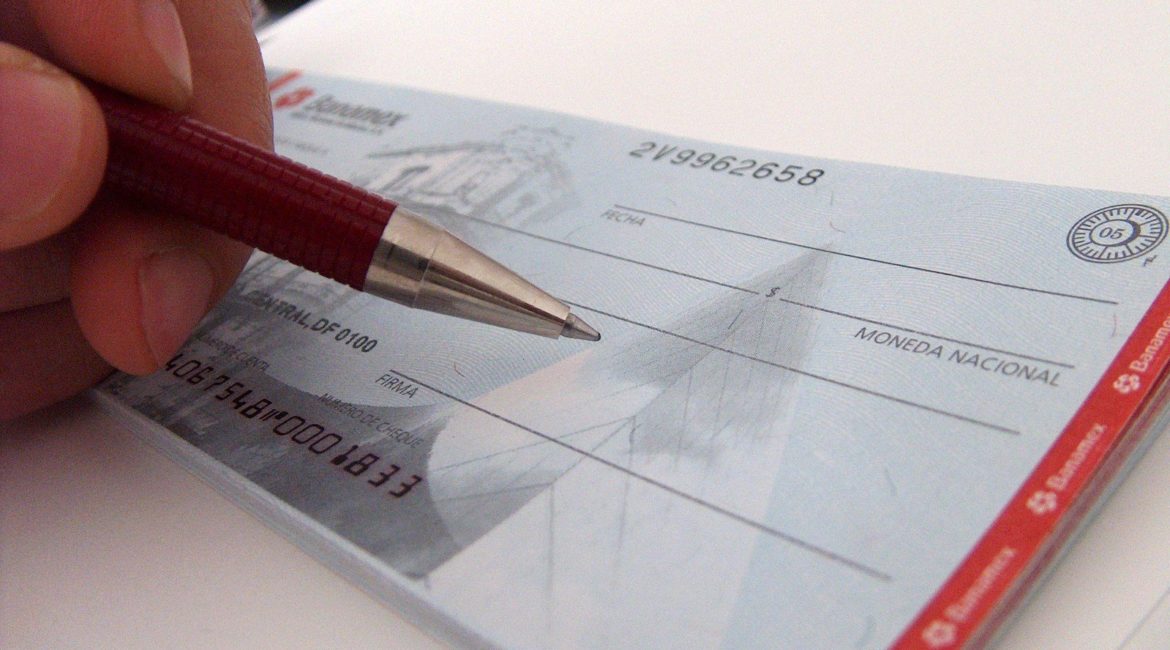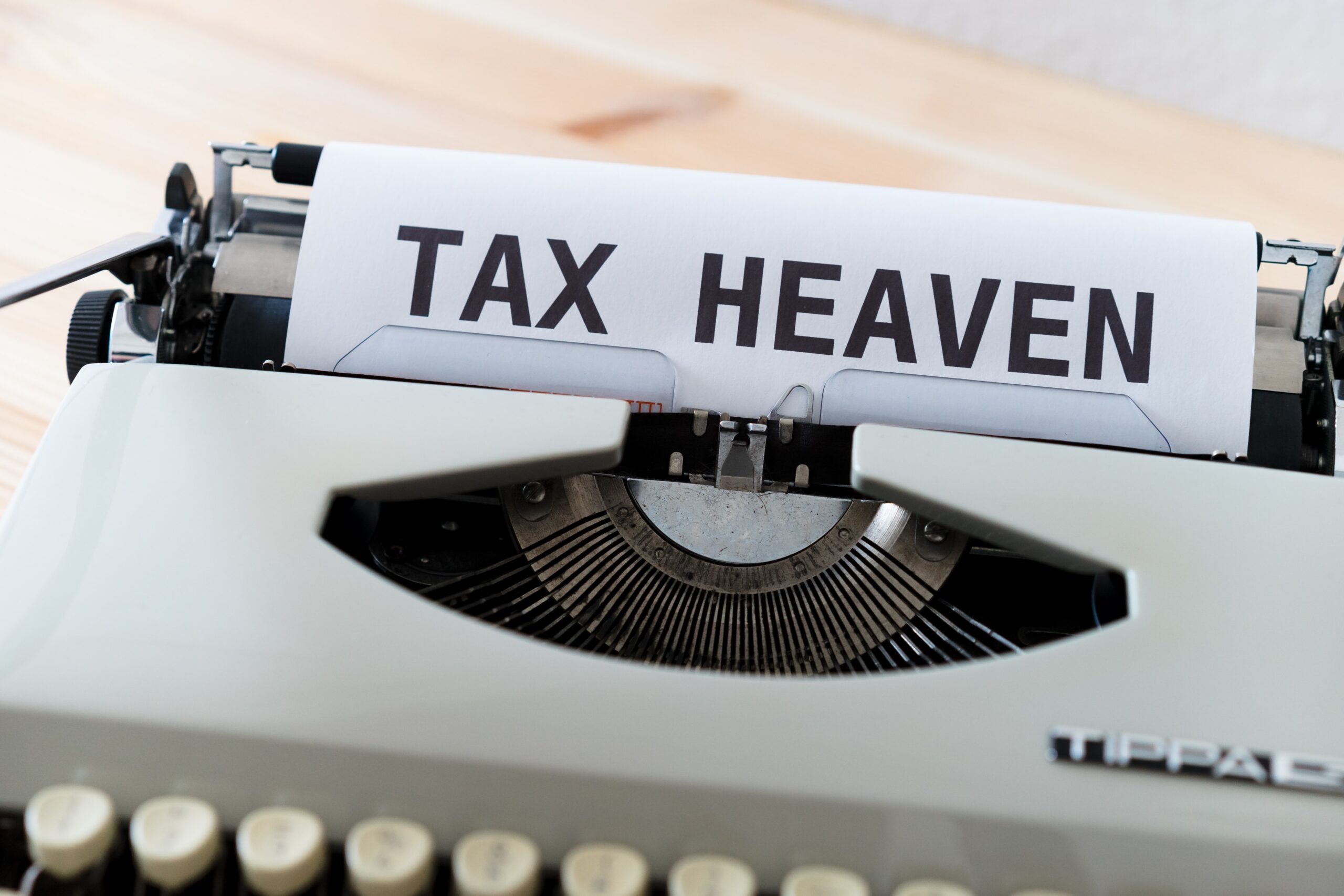It’s April 18th… still no stimulus check. If you can relate, you’re one of the millions of Americans who have yet to receive their IRS direct-deposit payment. About 80 million people received their checks in the past week, and if you aren’t one of them, it does not mean you will not receive your money.
According to the IRS, there is a multitude of factors that could result in a delay in payment.
Frustrating as it may be, we feel that it’s important to understand the process and the reasons why you may have not received your money yet. Below are some of the possible reasons for a payment delay:
Outdated Information
There have been instances of individuals receiving their payment in old bank accounts. If you didn’t receive a refund in 2019 or haven’t filed yet, the IRS will use your 2018 bank information on file.
A new IRS tool called get my payment allows you to input updated bank information, but it is only useful if the agency does not have bank information from 2018 OR 2019 on file.
Filing a 2019 tax return now is the only way to update your 2018 bank information if that is the last time your filed and have had a change in accounts.
The tax day was moved from April 15th to July 15th in order to give filers more time.
No Prior Refund
You did not file a tax return for the years 2018 or 2019.
Even if you filed for taxes in 2018, the IRS must have direct-deposited your refund in order to be able to direct-deposit your stimulus payment automatically.
You filed a paper return in 2019
The majority of individuals file electronically, but some still utilize paper returns.
Amid the coronavirus chaos, the IRS has stopped processing paper returns until they are able to reopen their centers.
If you did not receive your refund via direct deposit in 2018 and filed a paper return for 2019, your stimulus check may be on its way in paper form via the mail.
You aren’t normally required to file a tax return
There are millions of lower-income individuals that are not usually required to file tax returns. These individuals will have to take some additional action before receiving their checks.
Generally, these are individuals who did not earn more than $12,200 in the past year, or married couples earning less than $24,400.
Now if this applies to you, you do not have to fill out a whole new form. Guidance from the IRS suggests the utilization of their online tool for non-filers.
You will have to provide basic information including names, dates of births, social security numbers, and your dependents.
The tool allows you to input bank account information for a direct deposit, or an address to receive a paper check.
Done everything and still haven’t gotten your payment? Don’t Stress.
The IRS has been very clear in their notion that every individual who qualifies for a stimulus payment, will receive one.
The payments will continuously be distributed in phases, rolling into the summer months.
Need help navigating the madness? Give us a call, we’re more than happy to help!





